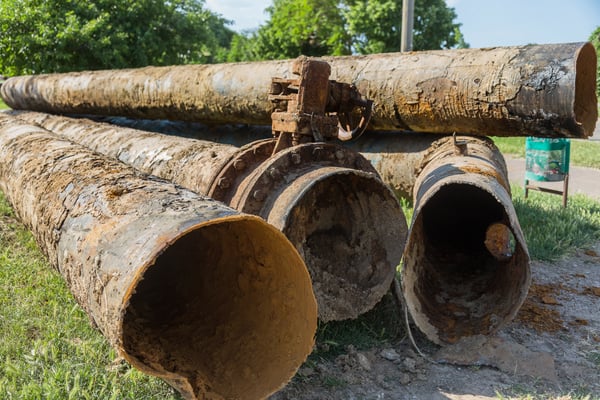The OneBridge Team has been busy kicking off our Crack Management private preview program with Product Manager – Crack Management, Colin Scott (Pipeline Integrity Engineer).
The first phase of Crack Management will allow Users to perform a basic “start to finish” analysis of their Crack ILI inspection results. Data is ingested into the CIM platform quickly and easily, as Users are currently doing for their Corrosion Management programs. Pre-analysis reports help Users understand the nature of their inspection results, even before any engineering calculations are performed. Users can then calculate both failure pressures and remaining lives for all reported crack-like flaws. Remaining life calculation considers both fatigue and SCC growth. Users have the option to select from different methodologies, including fixed growth rates, crack-to-crack ILI or half-life analysis. Post-analysis reports help analysts understand where and when they need to focus their remediation efforts.
The program is structured to follow federal regulation and industry standards, but also allows for innovative new methodologies for crack management going forward.
Here is an overview of the initial phase:
| Phase I Functionality | Operator Benefit |
|---|---|
| Pre-analysis reports | Helps Users understand the condition of their pipeline with respect to crack management and compare current to previous inspection results. |
| Failure pressure calculation | Allows Users to calculate failure pressures using the Modified Log-Secant or Raju-Newman models, with or without tool tolerances included. (Other models will be included in Phase II) |
| Remaining life estimates for fatigue crack growth | Users select from fixed growth (non-linear), or crack-to-crack ILI remaining life estimates. The embedded Simplified Fatigue Analysis methodology performs basic fatigue-life estimates without requiring detailed operational pressure cycling data, allowing for quick and easy sensitivity studies. |
| Remaining life estimates for SCC growth | Users select from fixed growth (linear), crack-to-crack ILI or half-life remaining life estimates, just as they do for Corrosion Management programs. |
| Post-analysis reports | Helps Users select crack-like flaws for remediation, and track field results to optimize their programs. |
This is just the beginning. Going forward, we will be implementing more failure pressure models, pressure cycling data analysis, pressure profile calculations, and maybe a few special surprises for Users!
We are always open to engaging with new operators to ensure we are encompassing functionality that can be used industry-wide. If you are interested in participating in the next phase of the private preview program or learning more about the Crack Management, feel free to reach out to Colin Scott.


















